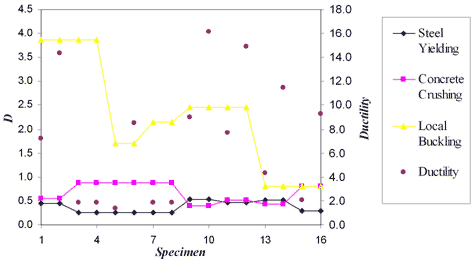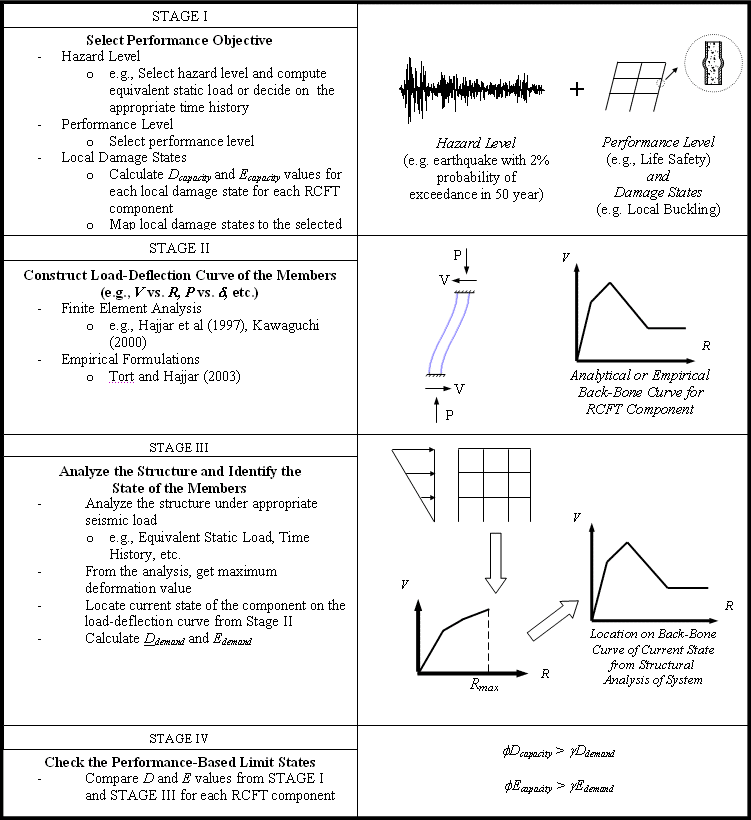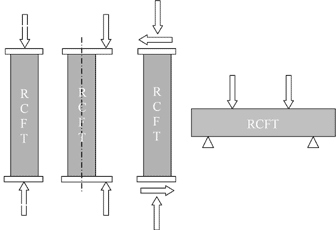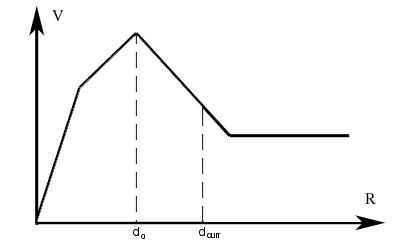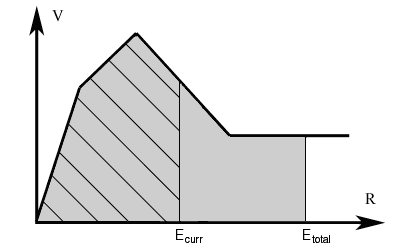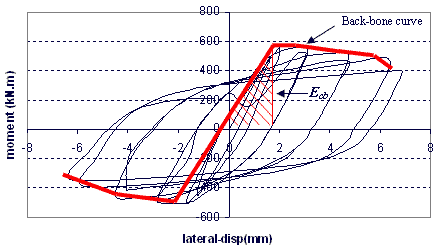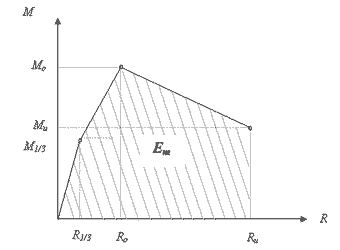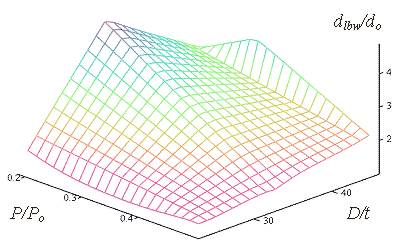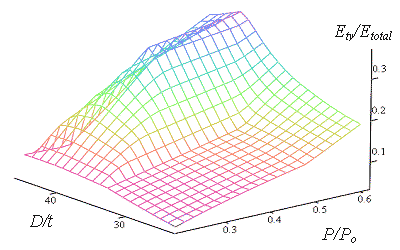- The database includes experimental results from worldwide
literature covering the following RCFT members:
- Columns
- Beam-Columns
- Panel Zones
- Pinned Connections
- Moment-Resisting Connections
- Frames
- For each member, the database includes:
- Description of experimental setup
- Material properties
- Geometric properties
- Experimental results
- The database includes members subjected to both monotonic
and cyclic loading conditions
- During testing, the specimens experienced several local damage
states, including:
- Yielding of steel tube (dy , Ey)
- Local buckling of steel tube (dlb,
Elb)
- Crushing of concrete core (dc, Ec)
- Overall flexural buckling
- The occurrence of damage levels were recorded in the database
using one of the following methods
- Data recorded by researchers
- Data extracted from load-deflection curves through analysis
|
|
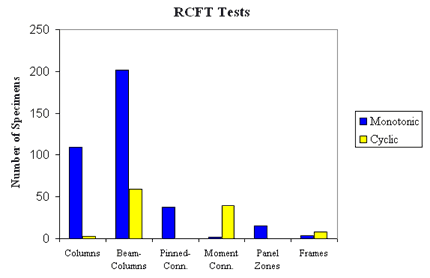
Histogram of the Number of Specimens
in the RCFT Database |
